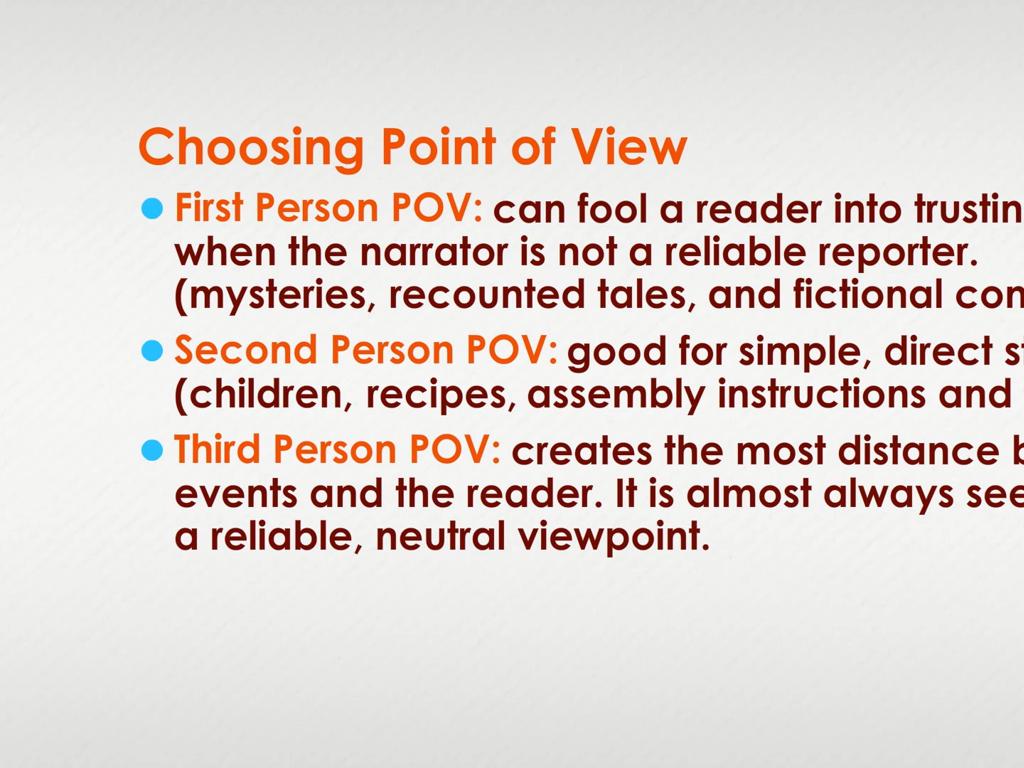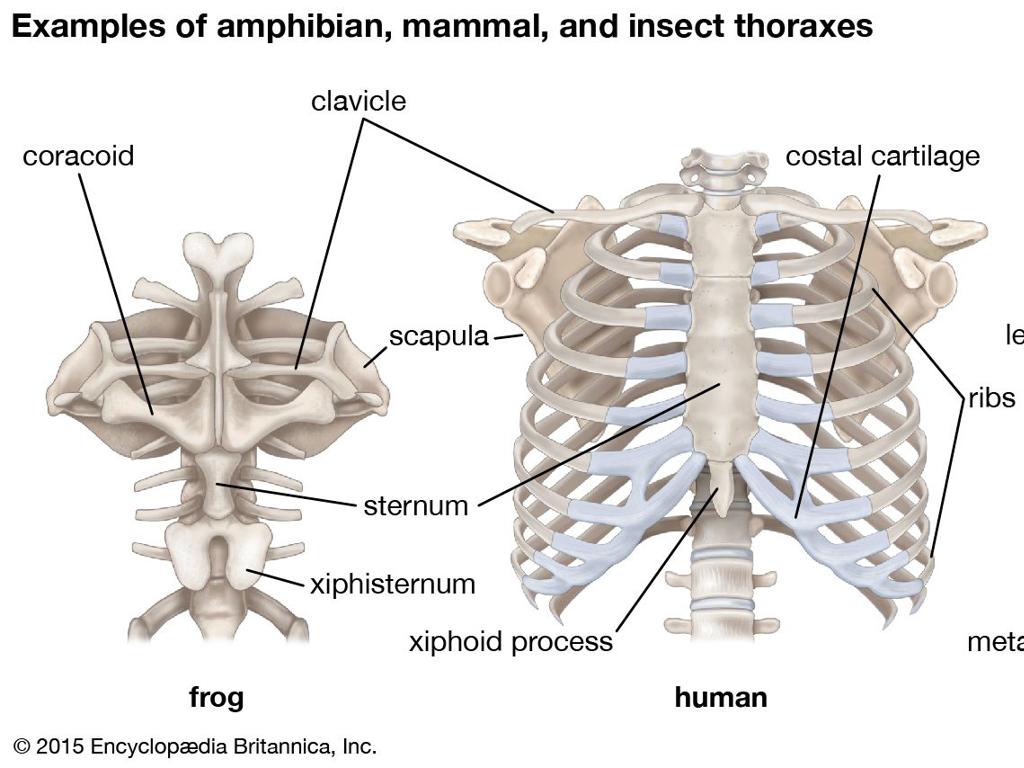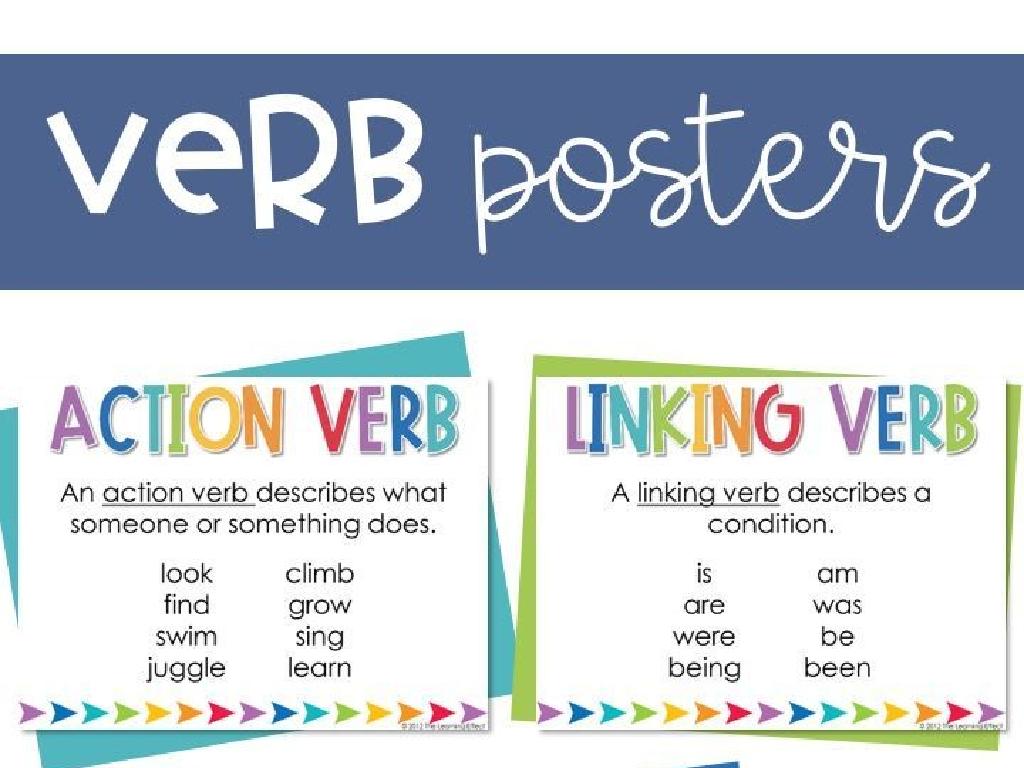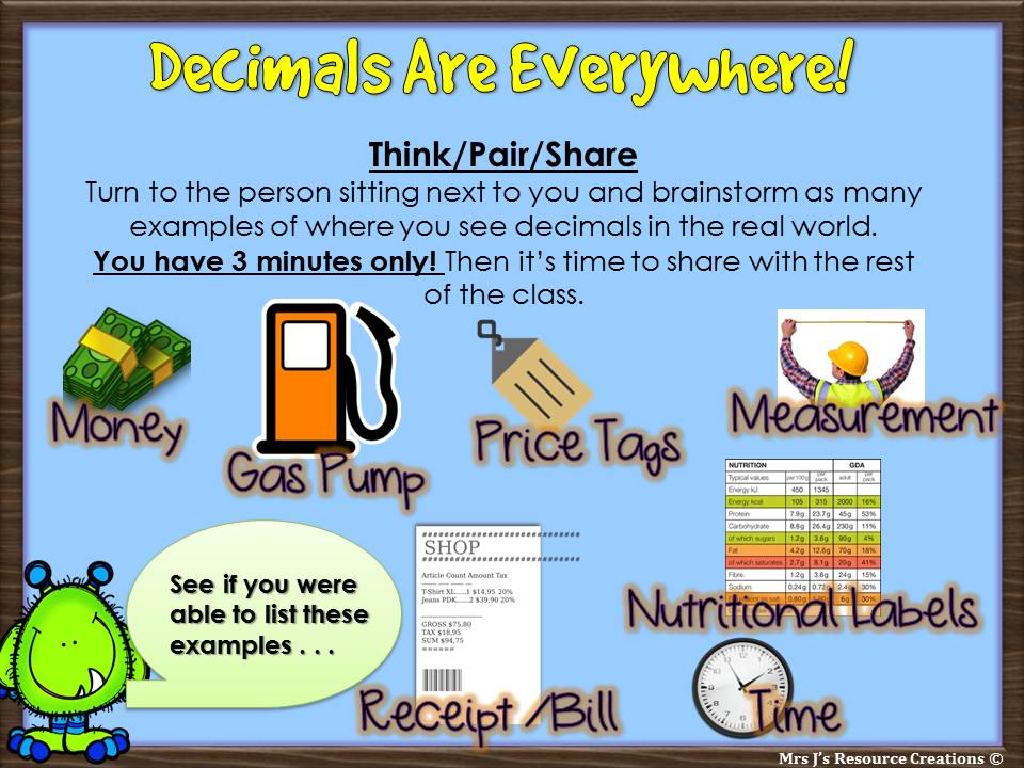Use Data From Tests To Compare Engineering-Design Solutions
Subject: Science
Grade: Sixth grade
Topic: Engineering Practices
Please LOG IN to download the presentation. Access is available to registered users only.
View More Content
Evaluating Engineering Solutions with Data
– What is Engineering?
– Engineering is applying scientific principles to design and build structures, machines, and processes.
– Comparing Design Solutions
– Look at different ways to solve a problem and decide which is most effective.
– The Role of Data in Engineering
– Data helps us measure how well different designs perform under tests.
– Learning Objective: Data Analysis
|
This slide introduces students to the concept of engineering and its significance in solving problems and creating new technologies. Emphasize the importance of comparing different design solutions to determine the most effective one. Highlight how engineers use data from tests to analyze and compare the performance of these solutions, ensuring the best possible outcome. The learning objective is to empower students to use data to evaluate and decide on the best engineering solutions. Encourage students to think critically about how data influences decisions in the engineering process.
What is Engineering?
– Define engineering
– Engineering is applying scientific principles to design and build structures, machines, and other items.
– Explore engineering fields
– Fields include Civil, creating infrastructure; Mechanical, designing machines; Electrical, working with electrical systems, etc.
– Engineers’ role in society
– Engineers solve problems to meet human needs and improve quality of life.
– Impact on daily life
– From bridges to smartphones, engineering shapes our world.
|
This slide introduces students to the concept of engineering. Begin with a definition, emphasizing the application of science and math to solve problems. Discuss various fields of engineering, such as civil, mechanical, and electrical, to illustrate the breadth of the discipline. Highlight the role of engineers in society, focusing on how they create solutions to improve our daily lives and meet societal needs. Use relatable examples like the design of safe roads, innovative gadgets, and efficient energy solutions to show the tangible impact of engineering. Encourage students to think about how different aspects of their daily lives are influenced by engineering.
Engineering Design Process: Testing & Comparison
– Steps in the Engineering Design Process
– Define the problem, research, imagine, plan, create, test, and improve
– Identify problems & brainstorm solutions
– Think of ways to solve a problem and choose the best one
– Test solutions & gather data
– Perform experiments to see if the solution works
– Learn from tests to improve designs
– Use test results to make the design better
|
This slide introduces students to the iterative nature of the engineering design process. Emphasize the importance of defining a clear problem and brainstorming multiple solutions before selecting the most promising one. Highlight the critical role of testing these solutions and collecting data to evaluate their effectiveness. Encourage students to understand that iteration, the process of repeating steps to refine the design, is a key aspect of engineering. Discuss how each iteration brings us closer to a better solution. Provide examples of how real-world engineers use this process to innovate and solve problems.
Gathering Data in Engineering
– Understanding engineering data
– Data is information like measurements or observations used to make decisions.
– How to collect data
– Surveys, experiments, and simulations are some ways engineers gather data.
– Data in engineering examples
– Temperature readings in a material test or counts of traffic for a new bridge.
– Analyzing data for solutions
|
This slide introduces students to the concept of data in engineering, emphasizing its importance in making informed decisions during the design process. Explain that data can be quantitative (like numbers and measurements) or qualitative (like observations and notes). Discuss various methods engineers use to collect data, including conducting experiments, using simulations, and recording observations. Provide relatable examples such as testing materials for building a model bridge or observing traffic patterns for a school project. Encourage students to think about how data can help compare different solutions to a problem and lead to the best design choice. The goal is to help students understand that data is a critical component of the engineering process.
Comparing Engineering Solutions
– Steps to compare solutions
– Identify criteria for comparison, such as cost, durability, materials.
– Use data for informed choices
– Analyze test results to evaluate which design performs better.
– Case study: Bridge design
– Compare two bridge designs based on data from stress tests.
– Decision-making in engineering
|
This slide introduces students to the process of comparing different engineering solutions using a systematic approach. Start by discussing the importance of establishing clear criteria for comparison, such as cost-effectiveness, sustainability, and performance under specific conditions. Emphasize the role of data in making informed decisions, illustrating with an example of how engineers use data from tests, like stress tests, to determine the best bridge design. The case study of comparing two bridge designs will help students understand practical applications of these concepts. Encourage students to think critically about how data influences decision-making in engineering and the real-world implications of these decisions.
Evaluating the Best Engineering Solution
– Criteria for evaluating solutions
– Consider factors like usability, safety, and reliability.
– Efficiency, cost, and sustainability
– How does the solution use resources, how much does it cost, and is it eco-friendly?
– Group discussion on best solutions
– Compare different solutions and debate their merits.
– Justifying our choices
|
This slide aims to guide students through the process of evaluating engineering solutions based on set criteria. Students should understand that solutions are assessed on various factors including usability, safety, reliability, efficiency, cost, and sustainability. Efficiency relates to how well a solution performs its intended function, cost involves the expenses incurred in implementing the solution, and sustainability refers to the long-term environmental impact. During the group discussion, encourage students to use critical thinking to compare different solutions and articulate their reasoning for which one they believe is the best. This activity will help them understand the complexities of decision-making in engineering and the importance of justifying their choices with logical arguments.
Class Activity: Paper Airplane Engineering
– Design your own paper airplane
– Test for distance and stability
– How far did it fly? Did it fly straight?
– Record your flight data
– Use a ruler or tape measure for distance, observe the flight path
– Compare results with classmates
– Discuss what design features led to better performance
|
In this hands-on activity, students will apply engineering principles to design, test, and refine paper airplanes. Provide a variety of paper types and encourage creativity in design. Set up a testing area where each student can fly their airplane and measure the distance traveled and observe flight stability. Have students record their data, then come together to compare results and discuss which designs worked best and why. Possible variations include adjusting plane weight, wing shape, or size. This activity teaches the engineering process, data collection, and comparative analysis, fostering a practical understanding of how testing informs design decisions.
Conclusion and Reflection on Engineering Design
– Review key concepts from today
– Reflect on our design experience
– Think about the challenges faced and how you overcame them
– Homework: Reflective essay on design process
– Write a short essay on your experience with the design process
– Understanding the importance of testing
– How did testing help improve your design?
|
As we wrap up today’s lesson, it’s important for students to revisit the key concepts they’ve learned about comparing engineering-design solutions using test data. Encourage them to think about the entire process they went through, the challenges they faced, and how they used data to make decisions. For homework, they should write a reflective essay on their design process, emphasizing the role of testing and iteration. This will help them internalize the scientific approach to problem-solving and appreciate the value of evidence-based decision-making in engineering. In the next class, we can discuss their reflections and share insights on how testing influenced their final designs.






